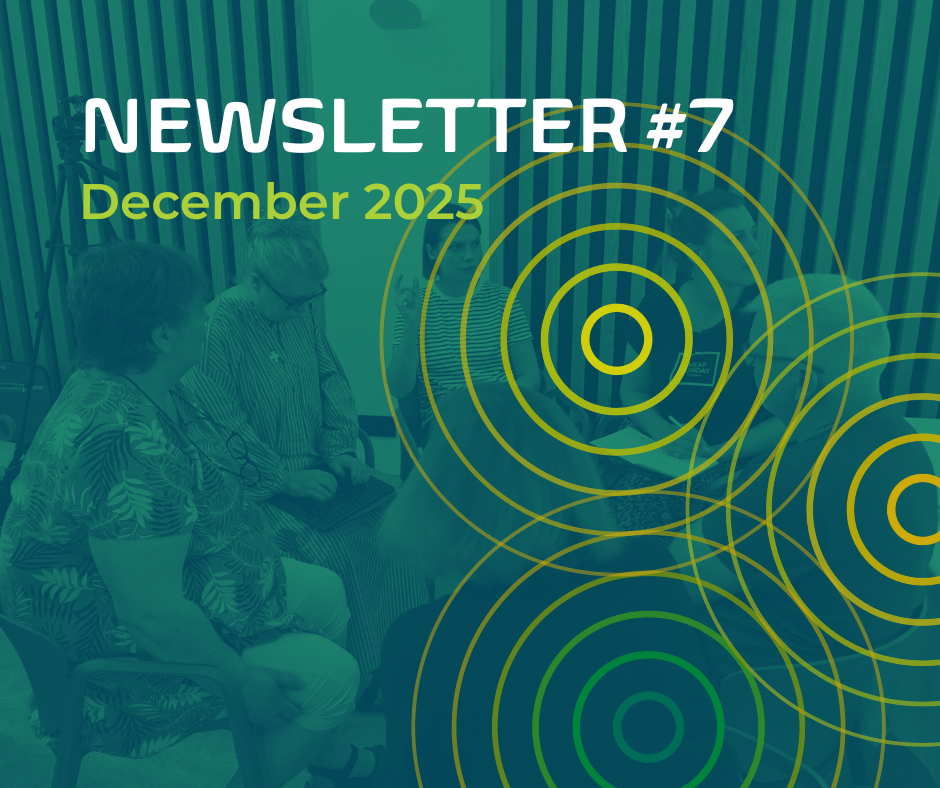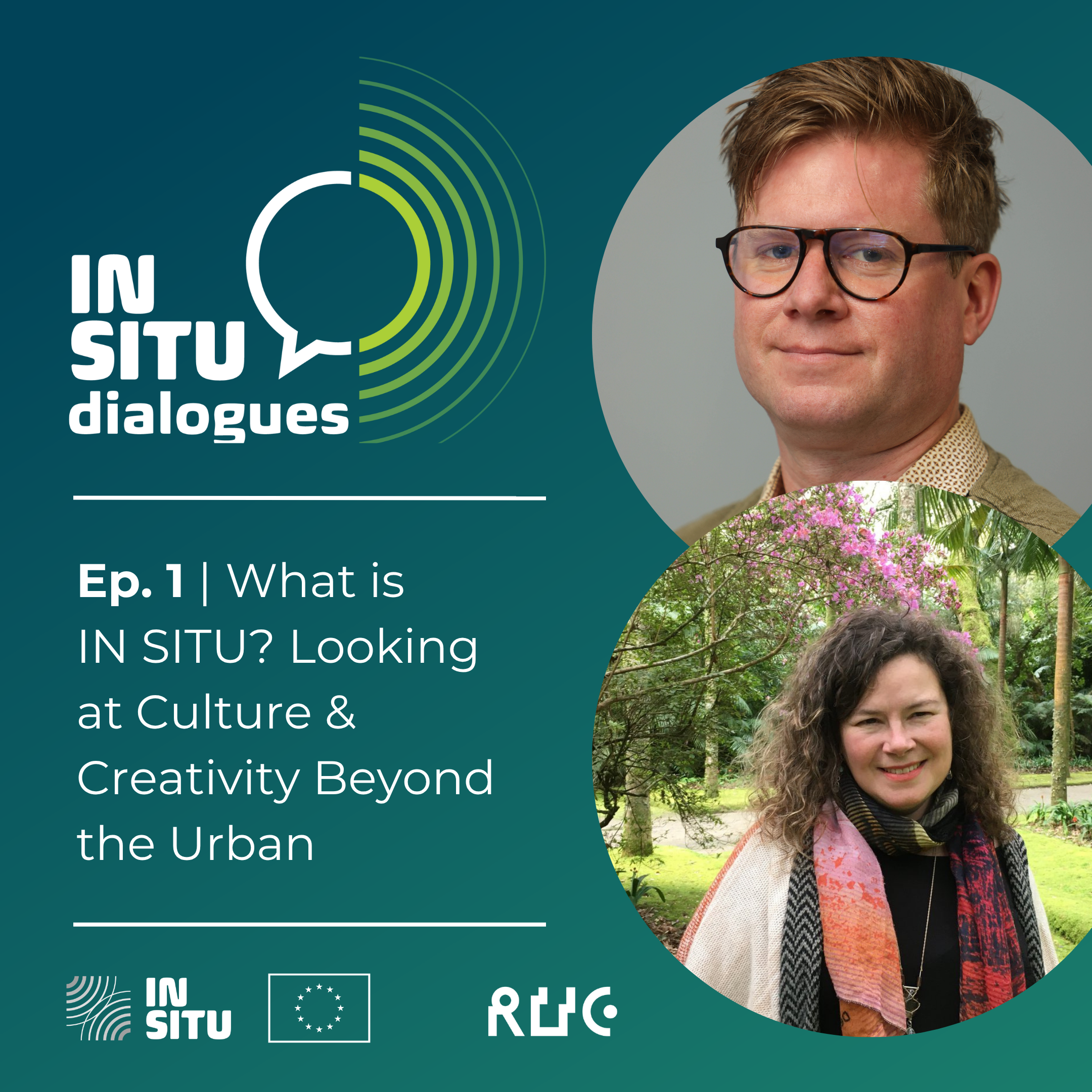
Over the course of the last ten months the IN SITU research team from the Utrecht University – led by Prof. Carolina Castaldi, has carried out research on the role of creative and cultural workers for contribute to innovation and regional development in non-urban regions across Europe.
For this research, the research team from Utrecht University – specialized in economic geography and geography of innovation, have gone beyond the high-tech sectors and urban context focus of regional innovation studies by choosing the cultural and creative workers as key elements of their research analysis. These workers can be at the forefront of the generating new ideas across all industries of the economy and can support innovation at the different stages of the process, by building bridges and inspiring new ideas.
The research is divided into two parts:
- The first part focuses on combining patents and trademarks (pp.10-100) as regional innovation metrics – to capture innovation more broadly and at different stages of development – and investigates regions by separating them by urbanisation level (urban and non-urban, including intermediate and rural regions). The aim is to understand whether a higher share of cultural and creative occupations was associated with regional innovation in specific ways across urban and non-urban regions and depending on the innovation metrics.
Additionally, the research had a focus on the gender aspect: the analysis assessed how a higher share of women in creative occupations was associated with innovation in the region where they work.
- The second part (pp.101-144) investigates the extent to which collective trademarks could be used as an original and complementary metrics to other available economic and innovation indicators.
The collective nature of this type of intellectual property right makes them particularly interesting to use in initiatives where the key assets at play are collectively owned instead of privately controlled by one actor only. This task is highly exploratory since the research team only had hints from prior literature that collective trademarks might provide relevant information on creative and cultural activities in non-urban regions. The research suggests that collective trademarks could be instrumental to creative and cultural activities in non-urban regions because they can help to build a brand and reputation for a local community or territory.
In summary, the research results address five points:
- The combination of patents and trademarks as regional innovation metrics provides a different map of regional innovation and its distribution across urban and non-urban regions. In particular, the research found patenting activities concentrated in urban and intermediate regions, while trademark filing was strong in both urban and rural regions.
- Capturing innovation activities more broadly than those focused on technological invention reveals a more detailed picture of the role of creative activities, as different innovation metrics are characterised by different geographies and distributions across urban and non-urban regions. Results also showed a stronger association of creative occupations to trademarks for rural regions, suggesting that in those regions, the type of innovation activities leaves more space for the contribution of creativity.
- Comparing two innovation metrics (patents and trademarks) reveals the role of female creative occupations in a new way. In non-urban regions, a high share of female creative occupations appears to be more strongly associated with trademarks, suggesting that using these innovation metrics might also help mitigate the gender bias of patents.
- Collective trademarks appear related to activities that leverage territorial assets associated with heritage, culture, and community. In this sense, we see a stronger link with the cultural element rather than the creative one.
- Collective trademarks seem particularly interesting for non-urban regions and suit rural contexts better. This might be related to the type of goods and services they protect (particularly in the case of food and heritage promotion), but we see a range of different products related to other economic activities too.
Based on these insights, the research team from Utrecht University advise policymakers to combine patents and trademarks as regional innovation indicators when monitoring the socio-economic contribution of creative occupations. While the two metrics are already part of the European regional innovation scoreboard and are also available from Eurostat, their combined application in research and monitoring is still limited.
As for collective trademarks, there is a clear potential for further exploring this peculiar intellectual property right. Collective trademarks could reveal hidden elements of the economic and innovative contribution of creative and cultural activities in non-urban regions. Yet, further research is needed to provide more systematic empirical evidence on the actual use of collective trademarks in European regions.
For further information:
Nancy Duxbury – IN SITU Project Coordinator
Centre for Social Studies (CES) at the University of Coimbra, Portugal
Email: in-situ@ces.uc.pt
Tel: +351 239 855 570
Web: https://insituculture.eu




